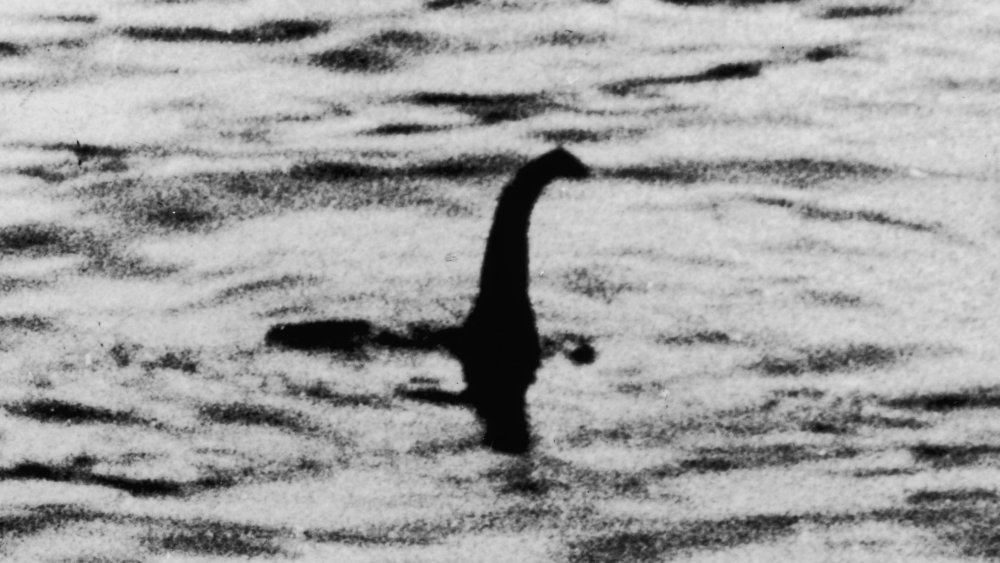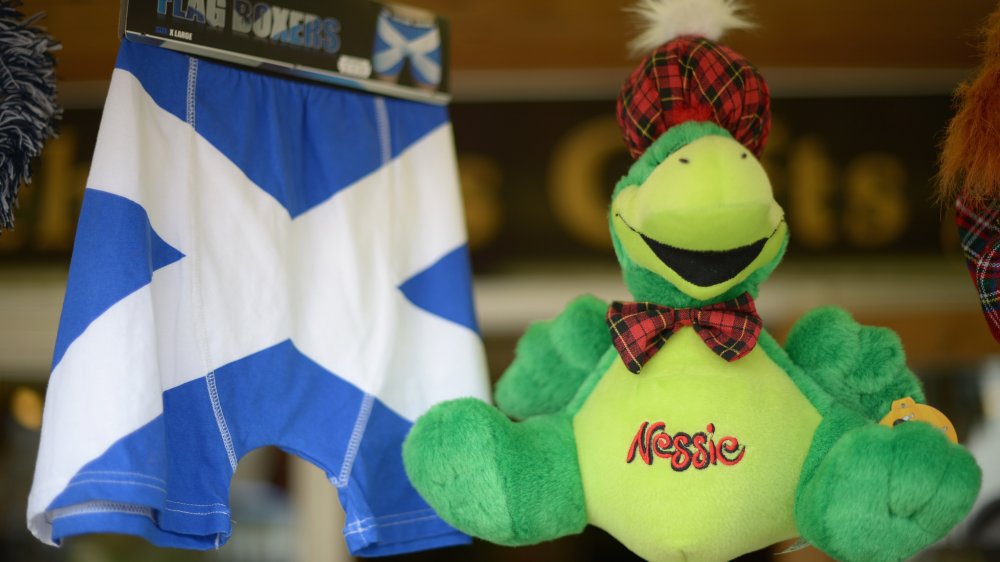This Is What Scientists Think The Loch Ness Monster Actually Is
The Loch Ness Monster has fascinated people for centuries, earning a distinguished role in the pantheon of famous mythic creatures like Bigfoot and the Chupacabra. Sadly, scientists are ready to burst your bubble — they think it's not a monster, at all.
Researchers from New Zealand studied the waters of Loch Ness to catalog living things in the lake, according to the BBC. The goal was to determine the biodiversity of Loch Ness, says ABC, and found that while there are about 3,000 species, most of which are very small, there is no evidence of a giant water animal. Instead, the scientists believe the Loch Ness Monster might be a large eel.
The research team found plenty of eel DNA in the lake and concluded Nessie, as the monster is affectionately known, might be a giant version of that species. However, the team's head did specify that Nessie being an eel is still just a theory, as eels usually grow to only as large as six feet, and must migrate waters to reproduce. An eel definitely does not fit the traditional sighting of Nessie. The famous photo of the Loch Ness Monster, as seen above, shows a creature with its long-neck poking out of the water ... but scientists didn't exactly find evidence that a giant dinosaur-like thing exists in its murky depths.
Okay, so it's not a dinosaur
For generations, people have theorized that Nessie is a living dinosaur (a Plesiosaur, to be precise). This was based on the aforementioned photo, since proven to be a hoax, produced in 1934. Sightings before the thirties, in fact, spoke of a creature that looked like a giant salamander or a long serpent. Other theories floated around included Nessie being a Greenland shark, which grows up to 18-feet long, a sturgeon, or a catfish. The BBC reports the scientists did not find DNA of any of those animals in the lake.
"So there's no shark DNA in Loch Ness based on our sampling. There is also no catfish DNA based on our sampling. We can't find any evidence of sturgeon either," said Neil Gemmel, a geneticist from the team. "There is a very significant amount of eel DNA. Eels are very plentiful in Loch Ness, with eel DNA found at pretty much every location sampled."
The team, however, also found DNA from humans, dogs, sheep, cattle, deer, birds, and rabbits. Hmm, did an eel eat those? Regardless, if Nessie were proven to be an eel, it would solve at least one of the most enduring modern folk myths. Maybe next time, scientists can figure out if the Yeti is actually a large polar bear?

